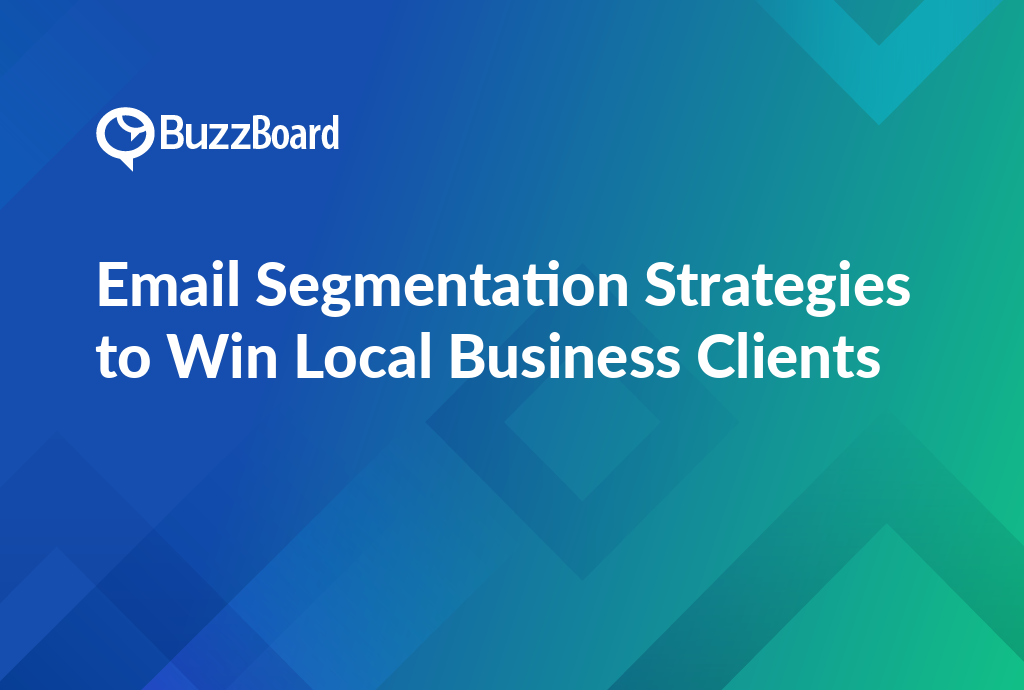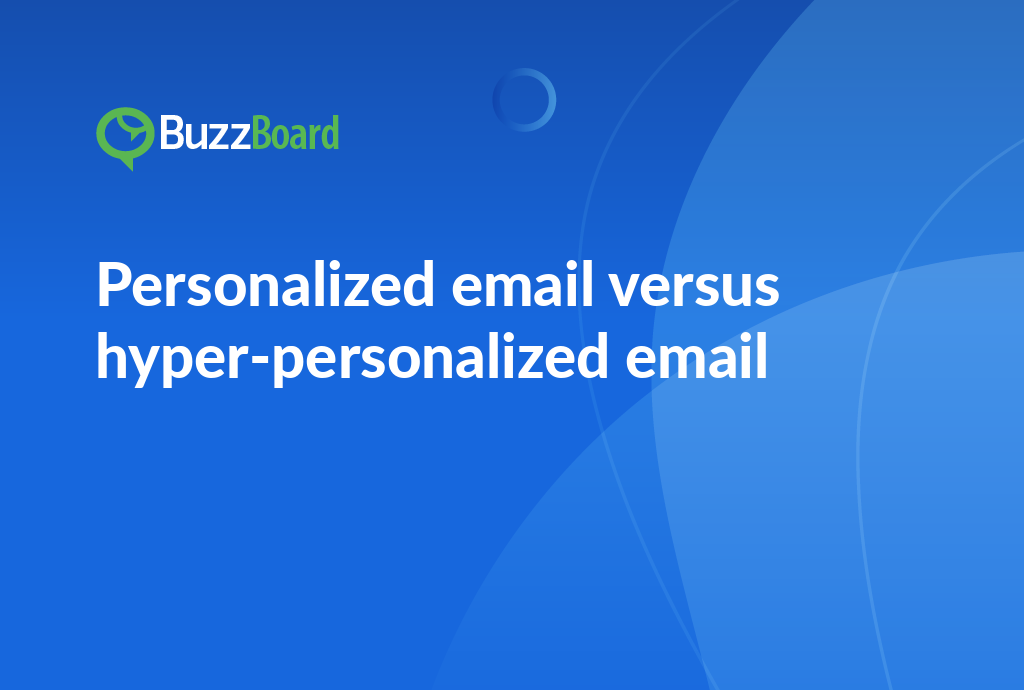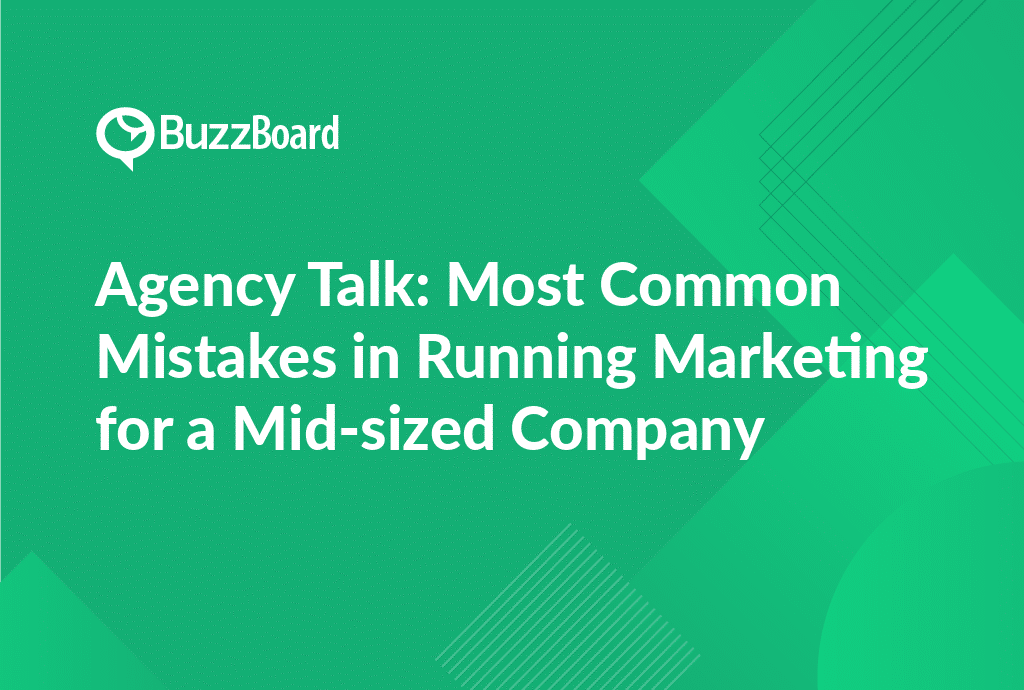Email Segmentation
Email segmentation is a powerful marketing strategy that helps businesses connect with their most valuable customers. By dividing your email list into targeted groups based on demographics, behavior, and preferences, you can increase engagement, boost conversions, and improve overall customer satisfaction. In this article, we’ll explore the benefits of email segmentation, provide tips on how to segment your list, and share best practices for creating effective email campaigns that resonate with your audience
Using Email Segmentation Strategies to Secure Local Business Clients
To reach potential clients, digital marketing agencies often explore unique and efficient tactics, one of which is email segmentation. By dividing email lists, agencies can customize messaging to cater to various tastes, preferences, purchasing habits, and more. These are all vital when trying to secure local business clients.
Email list segmentation entails dividing your email list into different groups or categories for targeted marketing efforts. For instance, you can classify your email list based on industry, customer purchase history, geographic location, and more. Utilizing this method allows you to distribute personalized, pertinent content to each segment, leading to considerably increased conversion rates.
The advantages of segmenting email lists are significant. By directly and properly addressing target audiences, companies can boost the open rates and engagement of their email marketing campaigns by up to 14.31% and 100.95% respectively, per MailChimp. These statistics echo the exceptional potential of email list segmentation as a targeting technique for securing local businesses.
Further highlighting its significance is its effect on conversion rate optimization. Conversion rates can soar when you offer content that resonates with a segment’s needs and interests. Personalized emails see marked boosts, with transaction rates six times higher, according to Experian.
With email list segmentation’s direct effect on conversion and engagement rates, it’s evident why it should be an essential component of any successful targeting strategy. For digital marketing agencies trying to secure local business clients, it could be the deciding factor between achieving incremental growth or leading the market in your area.
To enhance your email segmentation strategies, consider deploying surveys to better comprehend customer behavior or integrating tools like CRM software that can efficiently segment and track customer interactions.
Essential Strategies for Effective Email List Segmentation for Local Businesses
The internet is a vast marketplace teeming with potential clients for digital marketing agencies. Amid this vastness, local businesses can often feel lost in the crowd. This is where the technique of segmenting email lists, combined with effective targeting strategies, proves vital in securing local business clients.
Email list segmentation, a key component of conversion rate optimization, is a proven method to bolster engagement and conversion rates. It involves subdividing your email list into groups based on specific criteria such as geographic location, purchase behavior, or business size relevant to local businesses.
Employing email list segmentation enables digital marketing agencies to launch targeted and personalized email campaigns that connect with local businesses. Rather than receiving impersonal, irrelevant emails, these businesses receive messages precisely tailored to their needs and circumstances.
So how can you effectively apply email segmentation strategies for your local business clients?
One practical method is to use demographic data for audience segmentation. This can involve categorizing your email list based on industry, company size, or job role. It’s important to verify your segments through rigorous A/B testing and adjust your strategies based on the data acquired from these tests.
Another potent strategy is behavioral segmentation, which involves splitting your email list based on your subscriber’s behavior and activity patterns. For instance, if a subset of your list consistently opens emails about a certain topic, you can segment them into a separate group and customize your content accordingly.
In conclusion, utilizing email segmentation strategies allows digital marketing agencies to reach local business clients more effectively, enhancing their conversion rate optimization efforts. To begin, think about adding a dedicated tool to your marketing technology arsenal that facilitates this process. Include this in your service packages offered to local businesses and you’ll be making a significant impact with your email marketing initiatives.
How Targeting Strategies Can Enhance Your Email Segmentation and Improve Your Conversion Rate
In the digital marketing ecosystem, the days of ‘one size fits all’ approaches are fast becoming relics of the past. Digital marketing agencies understand that segmentation has gained significant value—it’s vital to tailor your campaigns to fit the demographic and behavioral variables of your audience. One powerful tool for reaching personalization is email segmentation, especially when trying to win local business clients.
The skill of segmenting email lists enables marketers to align each communication with the recipient’s preferences, behaviors, and needs. This results in increased engagement, enhanced customer relationships, and a higher conversion rate.
Employing targeted strategies through email list segmentation assists in delivering more precise and relevant campaigns to your audience. Targeting local businesses involves understanding and reaching out to these businesses with offerings customized to their unique requirements. Coupled with email segmentation, this can significantly boost your conversion rates. This is where understanding your audience’s behavioral and psychographic data proves crucial.
Conversion rate optimization, another popular term in the digital marketing world, highlights the need to increase the percentage of website visitors who complete a desired action, such as filling out a form or making a purchase. By studying the interests, needs, and preferences of your audience from your well-segmented email lists, you can adjust your website to better match their intent, thereby improving conversion rates. The effectiveness of conversion rate optimization and email segmentation is amplified when intertwined with solid targeting strategies.
To benefit fully from email segmentation and targeting strategies, digital marketing agencies need to invest time in understanding their local business clients—their needs, challenges, and ultimately, what convinces them to make a decision. Doing so ensures your communication resonates with your prospects. This way, you become not just another company cluttering their inbox but a solution to their business problem.
Remember, the ultimate objective of deploying these targeted strategies and segmenting email lists is to deliver accurate, personalized, and relevant content to your client’s inbox. In doing so, you stand out from the crowd and leave a lasting impact on your conversions. To triumph in this endeavor, it’s essential to stay updated with the latest trends, best practices, and technological advancements in the digital marketing sphere.
Exploring the Role of Email Segmentation in Conversion Rate Optimization for Local Businesses
Digital marketing agencies are perpetually seeking efficient strategies to optimize their local business clients’ conversion rates. One such strategy gaining substantial traction is email segmentation. Essentially, email segmentation helps increase conversion rates, customer engagement, and loyalty.
Email list segmentation is the process of categorizing your audience into diverse groups based on specific factors, such as demographics, behaviors, and interests. This facilitates the creation of tailor-made content that resonates with each segment of your audience, thereby enhancing your targeting strategies. According to Mailchimp, segmented email campaigns boast a 14% higher open rate than non-segmented campaigns—a solid testament to the efficacy of email segmentation.
Viewed in the context of local business targeting, the importance of email segmentation is immense. A digital marketing agency can assist small businesses in classifying their local customer base into distinct segments based on purchase histories, browsing behaviors, or geographical locations. Designing your email marketing strategies around these granular details permits high-level personalization, fostering superior engagement and ultimately improving conversion rates.
When your email content aligns with the preferences or needs of the receiver, the probability of them completing a desired action, be it a purchase, a download, or a subscription, soars drastically. This personalized approach makes prospects feel appreciated, establishes trust, and solidifies the business-customer relationship.
However, digital marketing agencies should remember that while email list segmentation can be a potent tool, maintaining success requires consistent efforts and regular updates. As customer preferences evolve, businesses should adjust their segments and messaging to suit these changes, thereby ensuring continuous relevance in their email marketing campaigns.
In pursuit of ultimate conversion rate optimization, email segmentation emerges as an effective tactic that every digital marketing agency should harness. It facilitates more targeted communication, ensures savvy utilization of resources, and enhances the customer experience, consequently leading to a surge in conversions.
In-Depth Case Study: Successful Use of Email Segmentation to Win Local Business Clients
In search of smart and cost-effective strategies to elevate your digital marketing agency to new profitable heights? The solution lies in robust email segmentation. Segmentation of email lists is akin to using a precision-guided missile, rather than a scattergun, to target potential local business clients. It refines your targeting strategies, increases conversion rate optimization, and ultimately expands your client base.
A study by MailChimp revealed that campaigns targeted at segmented lists boasted 14.31% higher open rates and an astounding 100.95% higher click rates compared to non-segmented campaigns. If such a tactic is fruitful for a global email marketing service provider like MailChimp, it can evidently yield positive results for your agency as well.
So, how does email list segmentation function? It starts by grouping your audience into discrete segments based on shared characteristics including demographics, location, for instance, local businesses, interests, client behaviors, and more. The secret lies in thoroughly understanding your audience and utilizing this knowledge to craft relevant, personalized messages.
To exemplify, let’s discuss the success story of a digital marketing agency. Aiming to extend their services to small local businesses in the city, the company initially segmented their email lists into various business categories, such as retail, food and beverages, hospitality, healthcare, and so forth. Following this, they developed personalized campaigns that tackled the specific needs and challenges of each segment and fine-tuned their targeting strategies for maximum effectiveness.
The results were notable. The email open rate rose by 18%, click-through rates jumped by an impressive 30%, and they successfully secured 15% more local business clients within six months, thereby significantly boosting their revenue. Their success validates the power of segmentation—the right message delivered to the right audience prompts a profitable response.
Email segmentation strategies aren’t static and must evolve with your business growth and diversification. Following an adaptive approach ensures the continued relevance and efficacy in capturing potential local business clients’ attention.
Remember, winning clients is not merely about what you send, it’s also about who you send it to.









